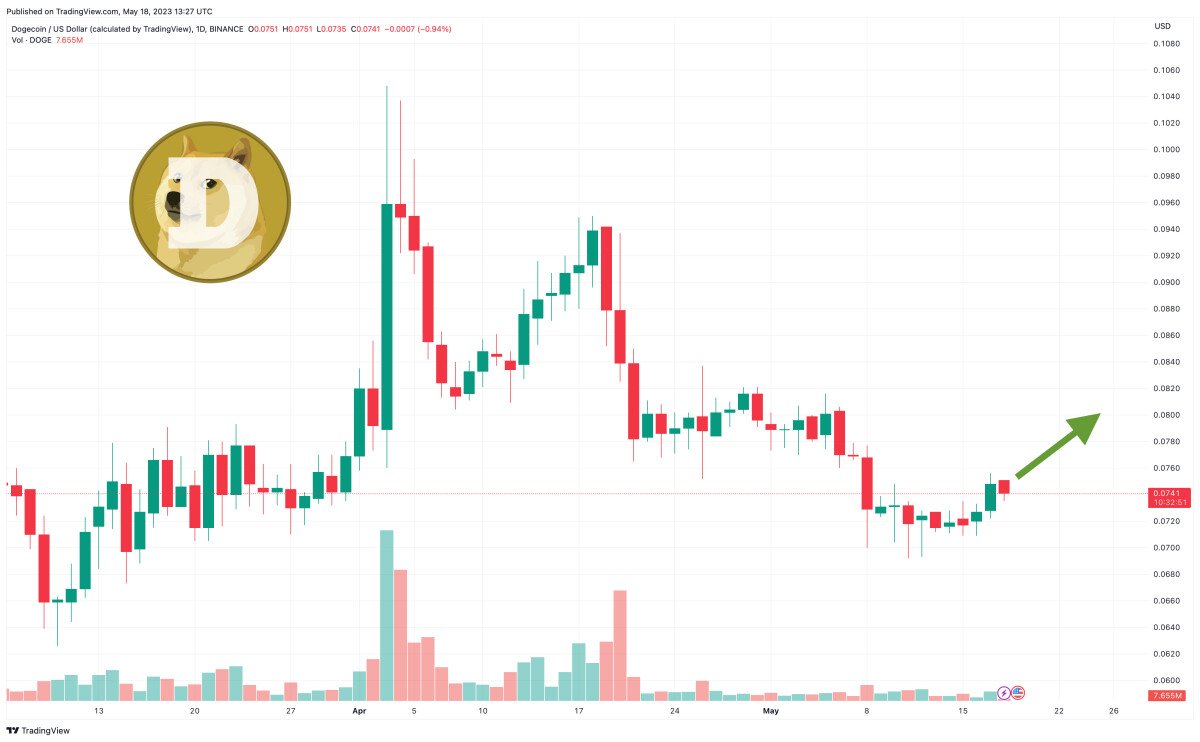From B2B fintech hype to BNPL woes: A look back at European fintech in 2022

In some ways, fintech has come full circle this year. After an unprecedented year of funding in 2021, it had to fall further than most tech sectors. And autumn has it: investments in the sector have fallen 24% from last year, according to Sifted’s analysis. That compares with some modest increases for climate technology (0.7%) and SaaS (3.5%) – two areas that investors who were once fintech fanatics have increasingly looked at.
Many of last year’s fastest-growing fintechs were also forced to lay off staff.
To make sense of it all, I have collected this year’s big trends – and flops. Borrowing from my token fintech newsletter, I present to you what was popular and what was not in the fintech world in 2022.
European fintech 2022: What was hot
B2B fintech
As consumer fintech lost its luster, investors became couldn’t get enough of an endless stream of fintech “infrastructure” startups that claimed to have built solutions for problems you never knew existed. The vast majority are less vulnerable to macroeconomic headwinds and promise to help other companies save time, resources and, most importantly, cash, as the recession deepens. B2B sectors included CFO tools, capital markets fintechs, B2B buy now, pay later (BNPL) and payment rails is what investors apparently find sexy now.
High-profile B2B promotions that graced Sifted’s pages included Sequence’s $19 million seed, Payrail’s $6.4 million seed, Ledgy’s $22 million Series B, Airbank’s series A and Bunch’s seed of €7.3 million.
Profitability
Funnily enough, as the prospects for fintech funding dried up, profitability became the new buzz word among entrepreneurs: I’d say it was probably the word uttered the most by entrepreneurs in interviews, but it would take an awful lot of transcribing to confirm it. Whether it was the CEO letters justifying layoffs with a “renewed focus on profitability” or the fintech founders claiming they had reached “gross profit” or “monthly profitability” — we heard it all. But let’s zoom in on the only thing Sifted counts as real profitability for a second: annual profitability. Starling Bank was the only private fintech to achieve this super rare status in Europe, with its first annual profit in July.
Elsewhere, rising interest rates appear to benefit other neobanks as well. Zopa said it had broken into monthly profitability in April, Allica Bank reached monthly profitability in June and Revolut CEO Nik Storonsky told me neobanken had achieved profitability last year – a claim we are waiting to confirm when the annual results come in the week before Christmas.
Klarna and Monzo has also dared to promise profitability in 2023. But the question is: who will be the next to follow Starling in making a good old-fashioned annual profit?
Female Fintech CEOs
Despite this year’s difficult fundraising environment, a large portion of the most high-profile fintech funding rounds went to companies with women at the helm. Among them were 12 European fintechs with women in the most powerful position of all – CEO – and five with female co-founders. That might not sound like a lot, but trust us, it’s a huge improvement from previous years.
They all have incredibly impressive backgrounds, and they’ve all attracted investment from some seriously big name investors. We are talking about the likes of Goldman Sachs, Sequoia, Andreessen Horowitz, Anthemis, Index Ventures, Speedinvest and Atomico.
But let’s not rest on our laurels. The overall statistics for women’s funding in Europe are indeed tougher this year than last, according to Atomico’s latest data, which has us worried the downturn will hamper diversity efforts.
European fintech 2022: What it wasn’t
Crypto trading
It has been crypto’s worst year to date. It started as a decline from a peak pandemic crypto hype and ended in one of the biggest financial scandals in history – Sam Bankman-Fried and FTX. You don’t need me to explain what happened there, but what is certain is that it scared off everyday crypto investors.
European crypto app downloads have collapsed from 2021 levels; Berlin-based crypto bank Nuri went insolvent; the entire crypto industry is worth less than a third of what it was this time last year; the banks have begun ban on links to crypto transactions and investors last week earned more than $1 billion of withdrawals from the world’s largest crypto exchange, Binance, amid fears that it would become involved in the ongoing FTX investigations.
That said, there are still quite a few European VCs who still believe that crypto will make it out the other side.
And here are the VCs which is most prone to crypto problems.
Buy now, pay later
Buying your clothes from ASOS and paying in interest-free installments was a pandemic trend that exploded in 2020 and 2021, as did the valuations of the fintechs that provide the service. But now the BNPL sector is quite vulnerable to current economic headwinds.
Rising interest rates, falling consumer spending and the growing risk of customers defaulting on their loans all create a perfect storm of BNPL danger as we move deeper into recession.
This goes part of the way to explaining Klarna’s massive 85% drop in value this year, and its sudden cost-cutting efforts. Investors will scrutinize the numbers, and they don’t look good. Klarna’s losses have multiplied; public BNPL shares have shrunk in value; and smaller players has begun to retreat from markets. Meanwhile, regulators have made progress towards introducing some much-needed rules and regulations for this corner of credit, which is good news for consumers but perhaps bad news for smaller BNPL companies that don’t have the resources to keep up.
Investors tell me we can expect some significant consolidation in the sector in 2023. Who will be out first?
Redundancies
One of the worst themes in 2022, and disproportionately felt by the fintech sector, was layoffs.
The first big layoff announcement came from the biggest of them all (at the time): Klarna, which laid off 10% of the workforce in May. From there, a wave of other European fintechs followed.
Some of the biggest staff cuts we saw were on Wayflyer (40%), June (40%) and Bitpanda (34%).
Some of them were handled better than others, and so we learned an incredible amount about varying company cultures at European fintechs.
I expect we’ll see quite a few more in 2023, so I hope fintech entrepreneurs apply these lessons forwards.
Sifted’s 10 best fintech articles from 2022
We wrote a lot about fintech in 2021, but a few selected articles really hit home. These are the scoops, analyzes and interviews that topped the traffic charts from the past 12 months.
And our most read fintech posts were… surprise surprise, stirring the pot on Web3
Amy O’Brien is Sifted’s fintech reporter. She tweets from @Amy_EOBrien and writes our fintech newsletter — You can register here.

























